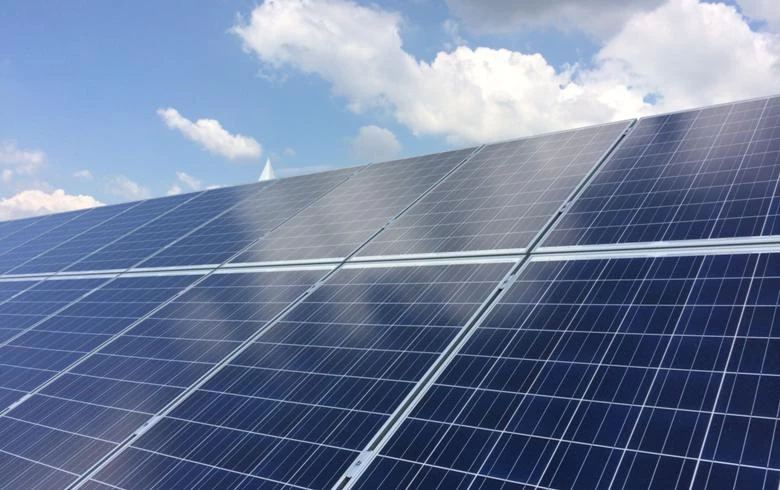The U.S. Energy Information Administration (EIA) is forecasting that in 2024, electricity from solar energy will exceed the amount of energy coming from hydropower sources by about 14%. The prediction has been published in EIA’s Short-Term Energy Outlook report.
EIA attributes this prediction to continuing growth around the U.S. in both utility-scale and small-scale solar facilities. Earlier this year, EIA said it expected about 54% of electricity-generating capacity to come from solar energy in 2023 as developers had plans to add a total of 54.5 gigawatts of utility-scale electric-generating capacity to the U.S. power grid.
According to the administration, installed solar capacity has had a growth rate of 44% per year on average from 2009 to 2022, while installed hydropower electric capacity’s growth rate averaged less than 1% per year in the same time frame. In another report, EIA found that the U.S. has had a higher amount of solar-generated electricity than hydroelectricity per month. As such, the trend is expected to continue, allowing solar electricity generation to exceed hydroelectricity in 2024 for the first time.
This is not the first time hydroelectricity generation has been passed up by other clean energy sources. Annual wind energy generation exceeded hydropower generation for the first time in 2019, EIA reported.
Although hydropower is considered a renewable energy source like solar and wind energy, dam construction can negatively impact ecosystems. Extreme weather and drought also impact hydropower facilities’ ability to generate energy, Earth.org reported.
Along with the estimates on increasing solar electricity, the Short-Term Energy Outlook report predicts that while global oil production and supply may increase next year, gasoline consumption per person in the U.S. is set to decline to the lowest rate in 20 years.
“U.S. motorists are driving less because they aren’t commuting to work every day, newer gasoline-fueled vehicles are more efficient, and there are more electric vehicles on the road,” EIA Administrator Joe DeCarolis shared in a press release. “Put those trends together with high gasoline prices and high inflation, and we find that U.S. motorists are using less gasoline.”
Further, U.S. coal production is predicted to decline in 2024, because electricity from other energy sources, like solar and wind, is on the rise. EIA also estimates electricity consumption to increase in 2024, especially in homes, as summer temperatures are expected to be hotter than this year and winter temperatures are expected to be colder. Experts are expecting 2023 to be the hottest year on record, The Associated Press reported.
Paige Bennett is a writer based in Los Angeles, who is passionate about sustainability. She earned her Bachelor’s degree in Journalism from Ohio University and holds a certificate in Women’s, Gender and Sexuality Studies. She also specialized in sustainable agriculture while pursuing her undergraduate degree.






